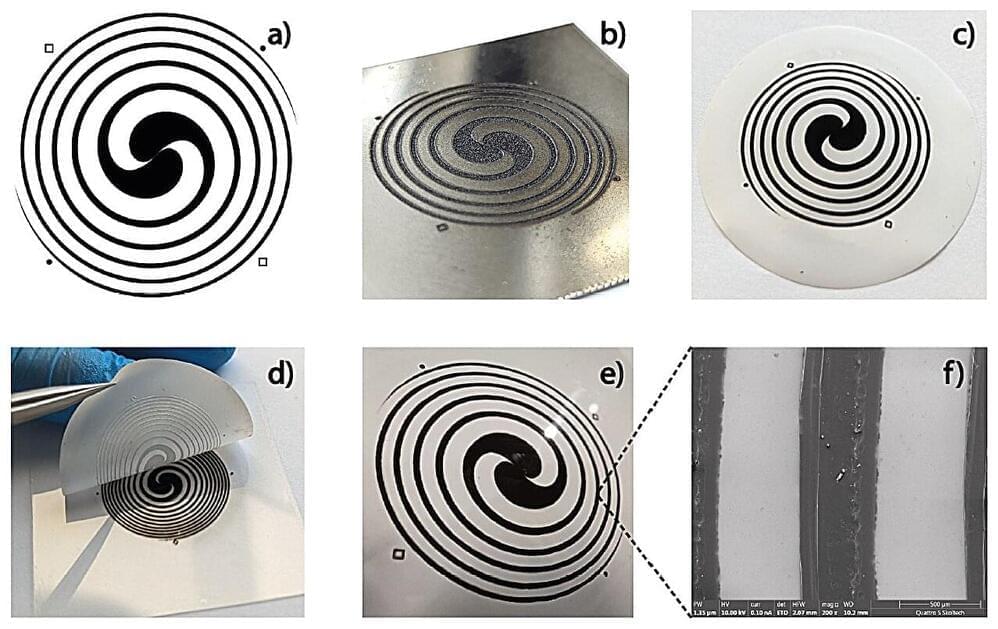We acquired a rapidly preserved human surgical sample from the temporal lobe of the cerebral cortex. We stained a 1 mm3 volume with heavy metals, embedded it in resin, cut more than 5,000 slices at ∼30 nm and imaged these sections using a high-speed multibeam scanning electron microscope. We used computational methods to render the three-dimensional structure containing 57,216 cells, hundreds of millions of neurites and 133.7 million synaptic connections. The 1.4 petabyte electron microscopy volume, the segmented cells, cell parts, blood vessels, myelin, inhibitory and excitatory synapses, and 104 manually proofread cells are available to peruse online. Many interesting and unusual features were evident in this dataset. Glia outnumbered neurons 2:1 and oligodendrocytes were the most common cell type in the volume. Excitatory spiny neurons comprised 69% of the neuronal population, and excitatory synapses also were in the majority (76%). The synaptic drive onto spiny neurons was biased more strongly toward excitation (70%) than was the case for inhibitory interneurons (48%). Despite incompleteness of the automated segmentation caused by split and merge errors, we could automatically generate (and then validate) connections between most of the excitatory and inhibitory neuron types both within and between layers. In studying these neurons we found that deep layer excitatory cell types can be classified into new subsets, based on structural and connectivity differences, and that chandelier interneurons not only innervate excitatory neuron initial segments as previously described, but also each other’s initial segments. Furthermore, among the thousands of weak connections established on each neuron, there exist rarer highly powerful axonal inputs that establish multi-synaptic contacts (up to ∼20 synapses) with target neurons. Our analysis indicates that these strong inputs are specific, and allow small numbers of axons to have an outsized role in the activity of some of their postsynaptic partners.
The authors have declared no competing interest.






